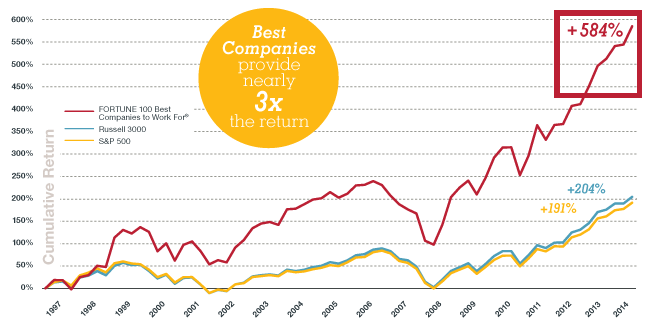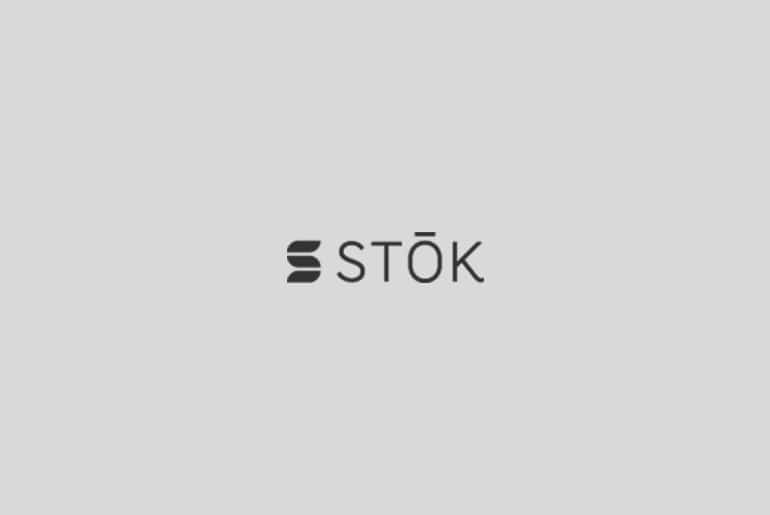Do you feel engaged at work? If the answer’s no, don’t worry, you’re not alone.
In fact, you’re in the majority: 66% of workers in America are not engaged, meaning they’re not involved in, enthusiastic about, and committed to their work and workplace. That breaks down into 53% of workers are not engaged and 13% are actively disengaged, meaning they have miserable work experiences.
And here’s the kicker: that’s the lowest disengagement rate Gallup has seen since it started measuring engagement in the American workforce in 2000. So, the best we’ve been able to do as businesses is engage one third of the working population in America over the past two decades. That’s not much, considering the amount of time people spend at work every week. On top of these engagement statistics, feeling underappreciated is the number one reason most Americans quit their jobs.
Combined, this engagement and retention crisis is holding people back from being and doing their best at work, which in turn affects business success, especially in an economy that values human capital over tangible assets.
At the recent B Corp Leadership Development (BLD) Mountain West Conference in Denver, Stok presented on our solution to this crisis: feedback. Specifically, how to employ effective, equitable feedback loops that are inspired by nature. By fostering a culture of feedback, employers can significantly improve employee engagement and retention—and prove that feedback has an impactful ROI.
FIRST ASK: WWND?
At Stok, we tend to lean on nature’s 3.8 billion years of R&D to solve our biggest challenges, especially when it comes to how we operate as a business. So, as you start to think about how to foster a culture of feedback that improves employee engagement and retention, start by asking: What Would Nature Do?
In nature, successful organisms deliver and collect instantaneous feedback. For example, a ripening apple releases the volatile plant hormone ethylene (the stimulus), which accelerates the ripening of fruit in its vicinity so nearby fruit also ripens, releasing more ethylene (the response). All the fruit quickly becomes ripe together through this rapid feedback process.
Nature tells us that short feedback loops are the most productive.
REPLACE ANNUAL PERFORMANCE REVIEWS WITH A CULTURE OF FEEDBACK
In business, standard feedback loops are far from instantaneous. The most obvious example is the annual performance review. As infrequent, retroactive, and one-way discussions, 90% of annual reviews are found to be painful and ineffective for both employers and employees.
Many companies, including Adobe, Accenture, and Deloitte, are moving toward more informal, ongoing feedback mechanisms that align individual performance with the company’s values and purpose to motivate and strengthen employee engagement. Stok has taken a similar approach.
You can move your company away from annual performance reviews and toward a nature-inspired feedback model in a few key ways:
1. Shift from manager and subordinate to peer-to-peer. Very rarely is one person going to know everything you’ve been working on and how you’ve performed on it, so how can one person be expected to give you all the feedback you need to succeed? By giving and receiving feedback from peers that you constantly work with on various projects, you both get input from all the main people you work directly with and open the floor to more transparent and honest feedback by removing direct hierarchy.
2. Shift from one-way to 360 degree. How can a manager be expected to hone their management style if they’re not getting feedback from the people directly affected by it? To improve on both ends, feedback must come from both sides of the table.
3. Shift from annual to monthly. On top of it being difficult to recall something that happened 11 months ago that comes up in an annual review, that also means 11 months have passed that a team member could’ve used to work on growing from that experience. We’re blind without feedback and need to receive and provide it constantly for steady growth.
4. Shift from formal (and uncomfortable) to informal (and enjoyable). This is a big one. To truly foster a culture of feedback companywide, people need to want it. Authentic company culture isn’t created through policies and procedures, and your feedback processes should be structured accordingly. Taking feedback out of stale, confining conference room discussions and instead working it into coffee chats, walk-n-talks, and happy hour drinks strips the dread out and turns feedback into an integrated aspect of company culture.
COMMUNICATE THE ROI ON EFFECTIVE, EQUITABLE FEEDBACK MECHANISMS
If you’re unsure that putting in the work to revamp your company’s feedback mechanisms will be worth it, consider the true cost of low retention. The replacement cost of an employee can be as high as 50-60%, with overall costs from 90-200% of their annual salary. Keeping your workforce engaged is critical for improved retention, which has a significant bottom line impact.
On top of this, Forbes’ Best Companies to Work For have been found to perform better than standard companies, providing nearly 3 times the return, demonstrating the ROI on an engaged workforce.
NEXT STEPS: FACILITATE A FEEDBACK WORKSHOP WITH YOUR TEAM
Alas, even our feedback mechanisms need feedback. When Stok’s 2018 Engagement Survey results dipped, what was our lowest scoring section? Feedback and Recognition. Clearly, giving and receiving feedback was on our team’s minds and our current feedback structures were not enough to guide equitable and effective feedback.
So, we facilitated a feedback working session to help get it out in the open and discuss why things weren’t working and what we could do about it. If your company could use a little more focus on equitable, effective feedback, this is a great place to start.
Objectives of the feedback working session are to:
1. Build your understanding for why feedback is important, and
2. Gain understanding of specifically where in your company feedback is lacking and why.
Our feedback mechanisms will always be a work in progress, but bringing this to your company or leadership teams to get the conversation going about effective feedback will hopefully spark ideas for what equitable feedback can look like in your own organization.
Reach out to Stok for our guide on how to facilitate this workshop at your organization.





